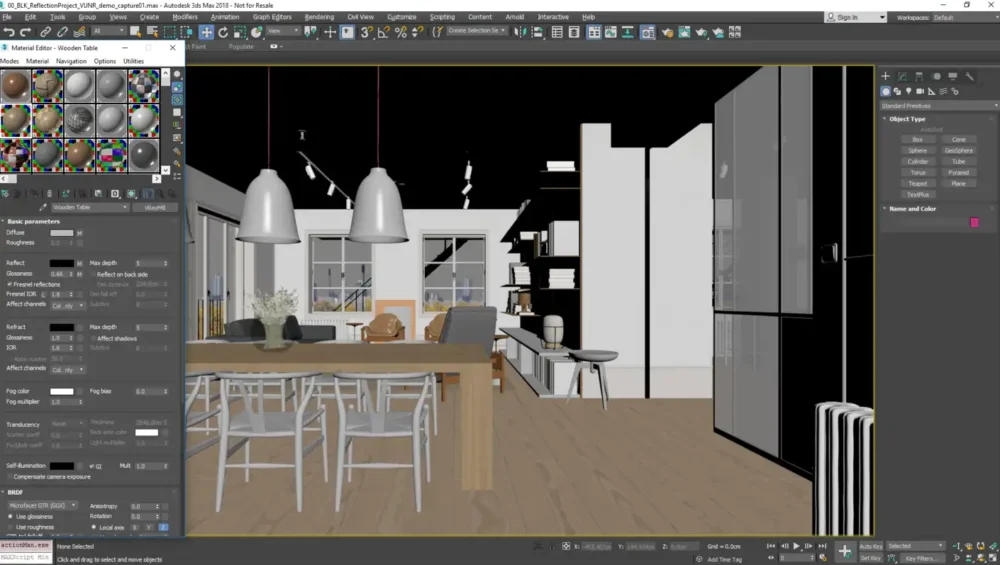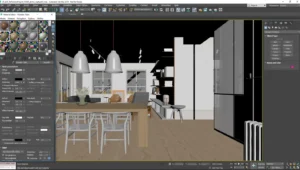Summary: A deep dive into why V-Ray is the preferred rendering engine for architects, designers, and 3D artists.
Topics Covered:
- Photorealistic rendering capabilities
- Advanced lighting, shading, and material options
- Why V-Ray outperforms other rendering engines
2. V-Ray vs. Other Rendering Engines: Which One Should You Use?
Summary: A detailed comparison between V-Ray and competitors like Lumion, Corona, and Arnold.
Topics Covered:
- Speed vs. quality trade-offs
- Best use cases for each engine
- Which software works best for architecture, interior design, and product rendering
3. 10 V-Ray Tips to Create Stunning Photorealistic Renders
Summary: Expert techniques to improve the quality and speed of your V-Ray renders.
Topics Covered:
- Optimizing lighting for realistic results
- Using HDRI for perfect reflections
- Best settings for high-quality renders without long render times
4. How to Set Up Realistic Lighting in V-Ray
Summary: A step-by-step guide on creating natural and artificial lighting with V-Ray.
Topics Covered:
- Using V-Ray Sun and Sky for daylight scenes
- Mastering indoor lighting with artificial sources
- Balancing light intensity and color for realism
5. V-Ray for SketchUp: The Ultimate Rendering Guide
Summary: How to integrate V-Ray with SketchUp for high-quality architectural and interior renders.
Topics Covered:
- Best V-Ray settings for SketchUp users
- Rendering interiors vs. exteriors
- Common mistakes and how to fix them
6. Best V-Ray Materials & Textures for Realistic Renders
Summary: A guide to V-Ray materials, helping users create ultra-realistic textures.
Topics Covered:
- Using PBR materials for accuracy
- How to create glass, metal, and fabric textures
- Optimizing texture maps for efficiency
7. How to Render Faster in V-Ray Without Losing Quality
Summary: A guide on reducing render times while maintaining high-quality results.
Topics Covered:
- Optimizing render settings
- Using GPU vs. CPU rendering
- Reducing noise without increasing render times
8. V-Ray vs. Lumion: Which Rendering Engine is Better for Architects?
Summary: A side-by-side comparison of V-Ray and Lumion for architectural visualization.
Topics Covered:
- Photorealism vs. real-time rendering
- Which is better for exterior vs. interior renders?
- Speed, performance, and hardware requirements
9. The Best V-Ray Plugins and Extensions for 3D Artists
Summary: A list of essential plugins that enhance V-Ray’s capabilities.
Topics Covered:
- Tools for procedural materials
- Extensions for advanced lighting effects
- Must-have plugins for faster workflows
10. V-Ray for Beginners: How to Get Started with Rendering
Summary: A beginner-friendly step-by-step guide to rendering in V-Ray.
Topics Covered:
- Understanding V-Ray’s interface and tools
- Basic rendering settings explained
- Creating your first photorealistic render




